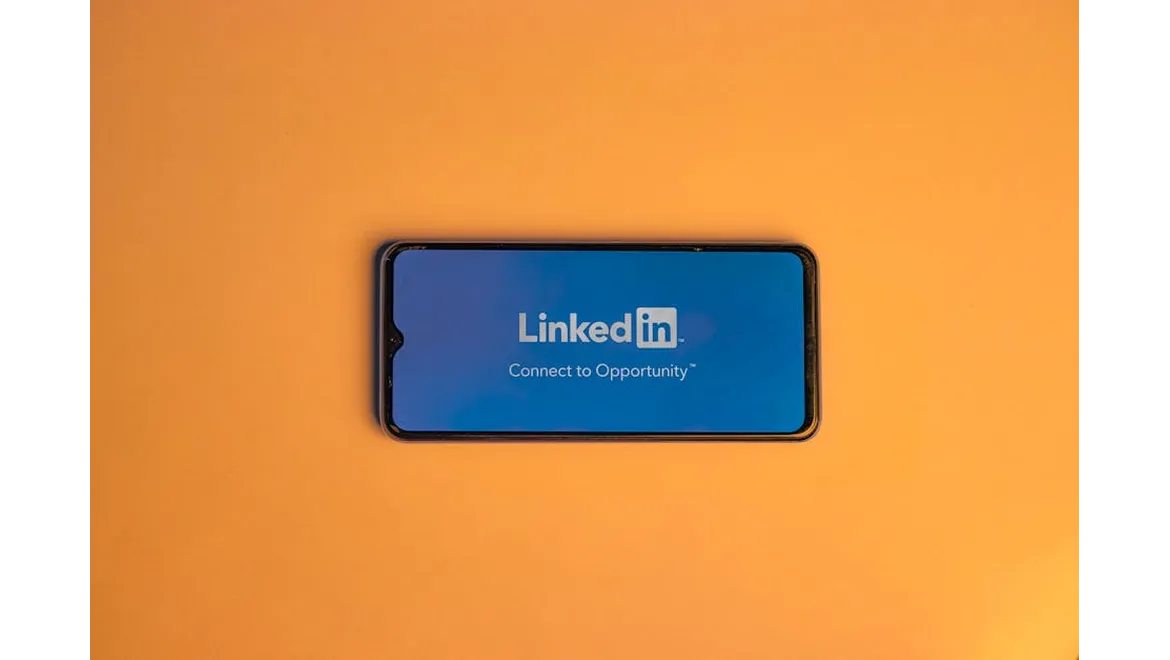Right, let’s crack on with this LinkedIn thing. I was just chatting with Holly the other day, and we got deep into how to really use LinkedIn to generate new business, not just blast out sales pitches. The core of it, she reckons, is transforming your personal profile (and those of your team) into a go-to resource for valuable information. Forget the constant ‘buy my stuff’ routine; think ‘how can I help?’
Building Your Personal Brand: The Thought Leader Path
Holly was adamant: “It’s not enough to just have a company page shouting about awards. People connect with people. That’s why those executive profiles are gold dust!”
Think of it like this: you’re not selling widgets; you’re selling your expertise. And the best way to do that is to demonstrate it, not just claim it. So, ditch the generic ‘leading provider’ waffle and start sharing insightful content. The aim here is to change the narrative. We move from a selling perspective, to that of a trusted adviser, who the potential customer reaches out to for reliable advice.
Stop Selling, Start Solving: Value-Driven Content
This is where the rubber meets the road. What kind of content are we talking about? Well, the key is to focus on your ideal client’s problems. What keeps them up at night? What challenges are they facing in their industry?
Holly suggested a few killer content formats:
- Articles: Long-form articles are perfect for deep dives into complex topics. For example, if you’re in cybersecurity, an article on “Five Common Cybersecurity Mistakes SMEs Make (And How to Avoid Them)” would be incredibly valuable. Avoid heavy jargon, keep it accessible, and focus on actionable steps.
- Videos: Short, punchy videos are great for explaining concepts quickly. Think ‘how-to’ videos, industry news commentary, or even just answering frequently asked questions. A video on “3 Ways to Improve Your Website’s SEO in Under an Hour” is a simple, practical example.
- Posts: LinkedIn posts are your daily bread and butter. Share relevant news articles with your own commentary, ask thought-provoking questions, or even just share a quick tip or trick. “Just read an interesting article on AI in marketing. Thoughts?” is a simple but effective way to spark a conversation.
- Case studies: Real stories, about real people. What was the challenge and how did you resolve it? Presenting an issue in a way that your target audience can relate to will create an opportunity for you to showcase your solution and your expertise.
Understanding Your Target Audience
“None of this works if you don’t know who you’re talking to!” Holly emphasised. Before you start creating content, you need to have a crystal-clear picture of your ideal client. What are their pain points? What are their goals? What kind of content do they already engage with?
Use LinkedIn’s analytics to understand who’s engaging with your content. What kind of roles do they have? What industries do they work in? Use this information to refine your content strategy and target your efforts more effectively.
Engaging Authentically
Creating great content is only half the battle. You also need to actively engage with your audience. Respond to comments, participate in relevant group discussions, and reach out to people who are sharing your content. Remember, it’s about building relationships, not just broadcasting information.
Holly reminded me, “Don’t be a ghost! People won’t trust you if you only pop up when you’re trying to sell something. Be genuinely interested in their perspectives and offer valuable insights.” This aspect is very important because the customer knows your agenda, however, you should still be genuine and helpful, even if you don’t benefit directly from the interaction.
Practical Steps for Implementation
Okay, so how do you actually make this happen? Here’s a step-by-step guide:
- Define Your Target Audience: Get specific. What are their job titles, industries, and pain points?
- Identify Key Topics: Brainstorm a list of topics that are relevant to your target audience and align with your expertise.
- Create a Content Calendar: Plan out your content in advance. This will help you stay consistent and avoid last-minute scrambles.
- Optimise Your Profile: Make sure your profile is up-to-date and highlights your expertise. Use keywords that your target audience is likely to search for.
- Engage, Engage, Engage: Set aside time each day to engage with your audience. Respond to comments, participate in group discussions, and reach out to people directly.
- Track Your Results: Use LinkedIn’s analytics to track your progress and see what’s working (and what’s not).
Drawing it all together
The key takeaways from my chat with Holly is to ditch the hard-sell approach on LinkedIn. By focusing on providing valuable, problem-solving content, you can transform your personal profile into a trusted source of information. Understanding your target audience is essential, and engaging authentically is crucial for building relationships. By consistently creating and sharing high-quality content, and actively engaging with your network, you can establish yourself as a go-to thought leader in your industry, and attract potential clients in the process. It’s about providing real solutions and demonstrating your skills. It’s a longer game, granted, but the trust you build is invaluable.











